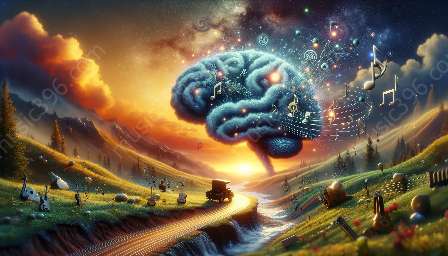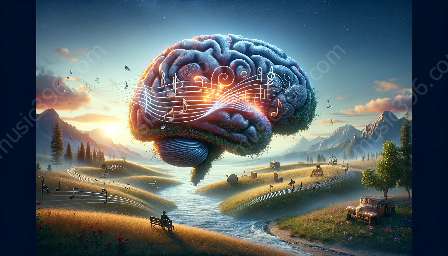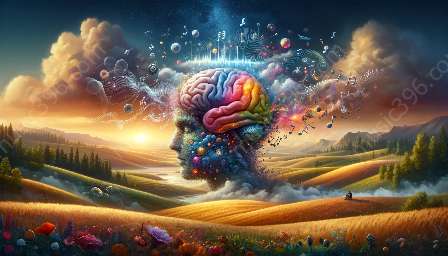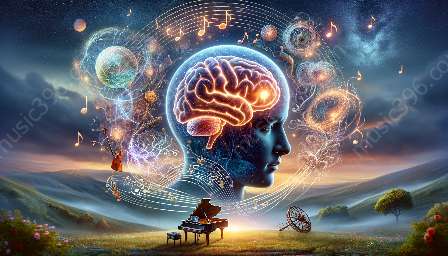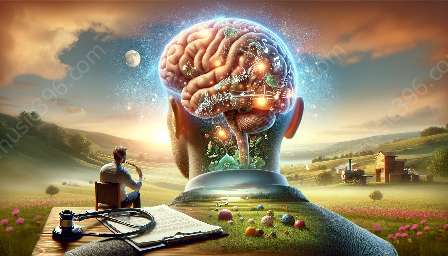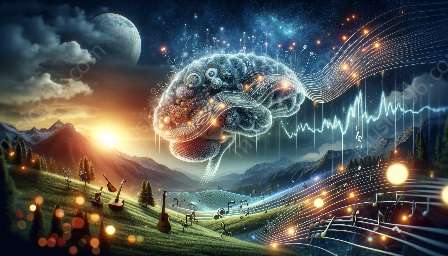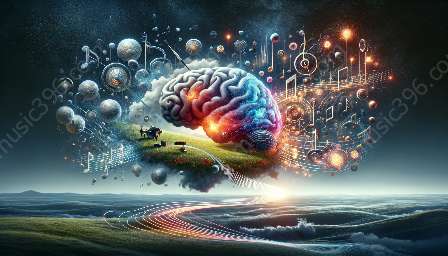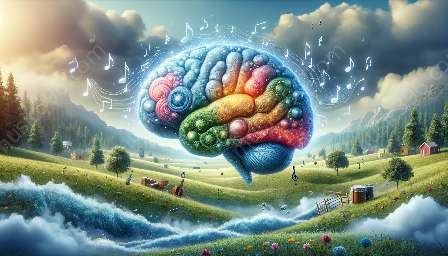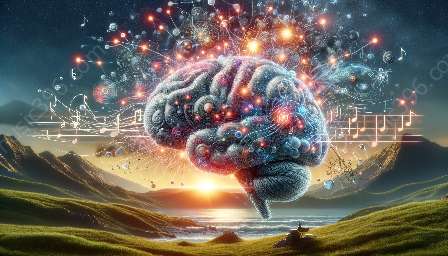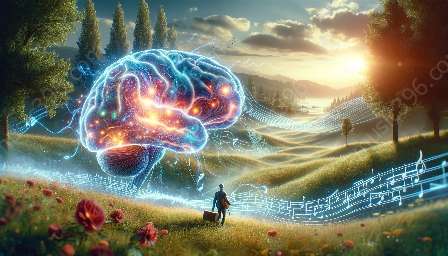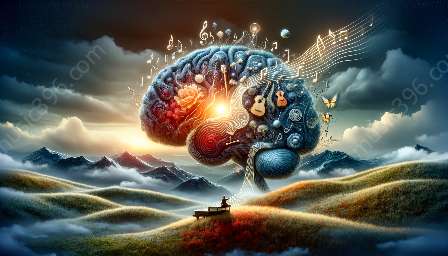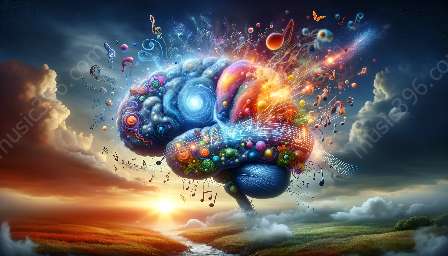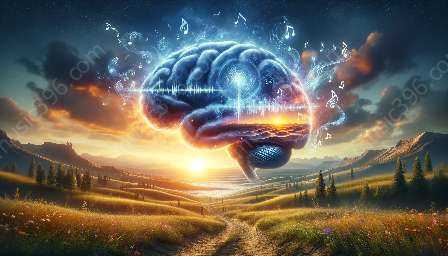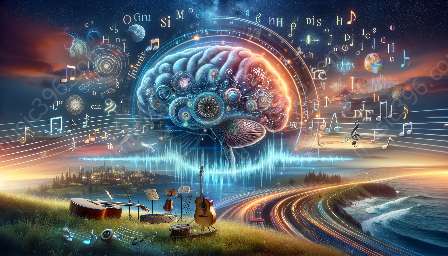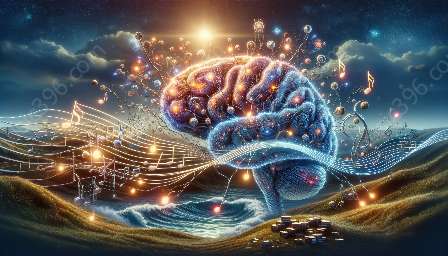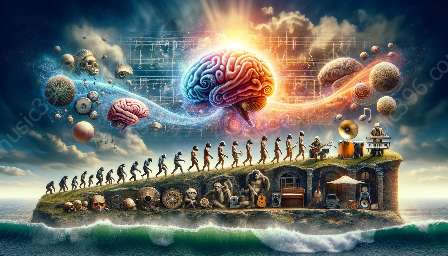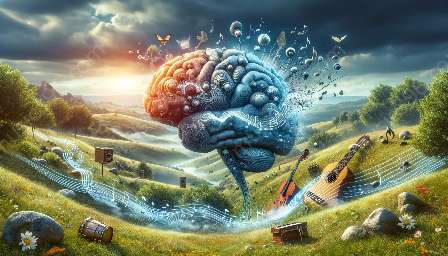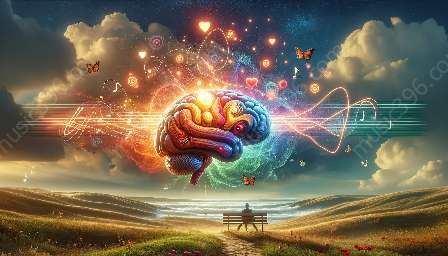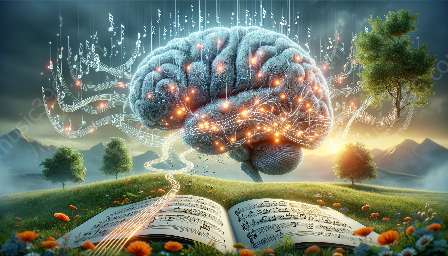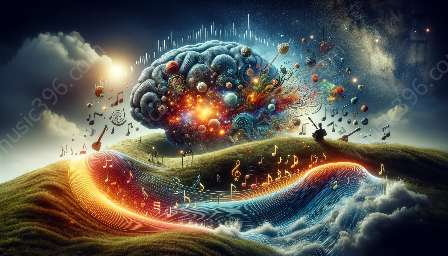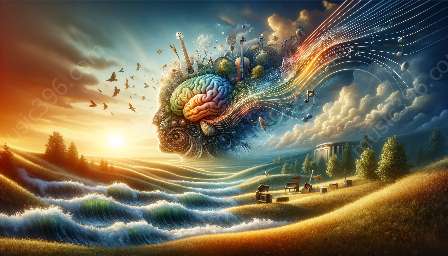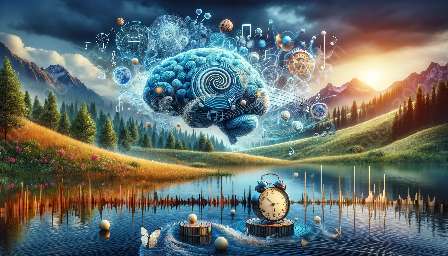Music has been an integral part of human culture for millennia, and its effects on the brain have intrigued researchers for decades. One fascinating area of study is the connection between music and spatial-temporal reasoning, which unveils the intricate neurological basis behind this relationship. The complex interplay between the brain, music, and spatial-temporal reasoning offers valuable insights into cognitive processes and human development.
The Connection Between Music and Spatial-Temporal Reasoning
Music is a multifaceted stimulus that engages various cognitive functions, including auditory processing, memory, attention, and executive function. The intrinsic structure of music, with its rhythmic patterns, melodic contours, and harmonic progressions, presents a unique cognitive challenge to the brain. Spatial-temporal reasoning, on the other hand, involves the ability to visualize spatial patterns and manipulate them over time. Researchers have observed a strong correlation between musical training and enhanced spatial-temporal reasoning skills. This correlation has sparked interest in uncovering the neurological underpinnings of this phenomenon.
Neurological Basis of the Relationship
Investigating the neurological basis of the connection between music and spatial-temporal reasoning requires an understanding of brain functions related to both domains. The brain's response to music involves the auditory cortex, which processes sound, and the limbic system, which contributes to emotional and memory-related responses to music. Meanwhile, spatial reasoning is associated with brain regions involved in visual processing, such as the parietal and occipital lobes.
Studies utilizing neuroimaging techniques, such as functional magnetic resonance imaging (fMRI) and electroencephalography (EEG), have revealed that musical training can lead to structural and functional changes in the brain. For instance, musicians exhibit increased gray matter volume in areas responsible for auditory processing and motor coordination. These changes may also extend to regions involved in spatial reasoning, suggesting a neuroplastic link between music and spatial-temporal reasoning.
Impact on Brain Development
The interplay between music and spatial-temporal reasoning has implications for brain development and cognitive abilities. While the exact mechanisms are still being elucidated, evidence suggests that early exposure to music and musical training can shape the neural networks associated with spatial-temporal reasoning. This has led to the integration of music education in early childhood curricula to enhance cognitive skills, including those related to spatial awareness and problem-solving.
Practical Applications and Future Directions
Understanding the neurological basis of music and spatial-temporal reasoning can inspire practical applications in education, rehabilitation, and cognitive enhancement. For example, tailored music interventions may be designed to improve spatial-temporal reasoning in individuals with cognitive impairments or neurological conditions. Additionally, further research can delve into the specific neural mechanisms that underlie the transfer of skills from musical training to spatial reasoning tasks, paving the way for targeted interventions and personalized learning approaches.
Conclusion
The intricate relationship between music and spatial-temporal reasoning offers a captivating lens into the workings of the human brain. As research continues to unravel the neurological basis of this connection, the potential to leverage music as a tool for enhancing spatial-temporal reasoning and cognitive abilities becomes increasingly promising. Exploring this topic not only sheds light on the remarkable adaptability of the brain but also underscores the profound impact of music on cognitive function and human learning.

